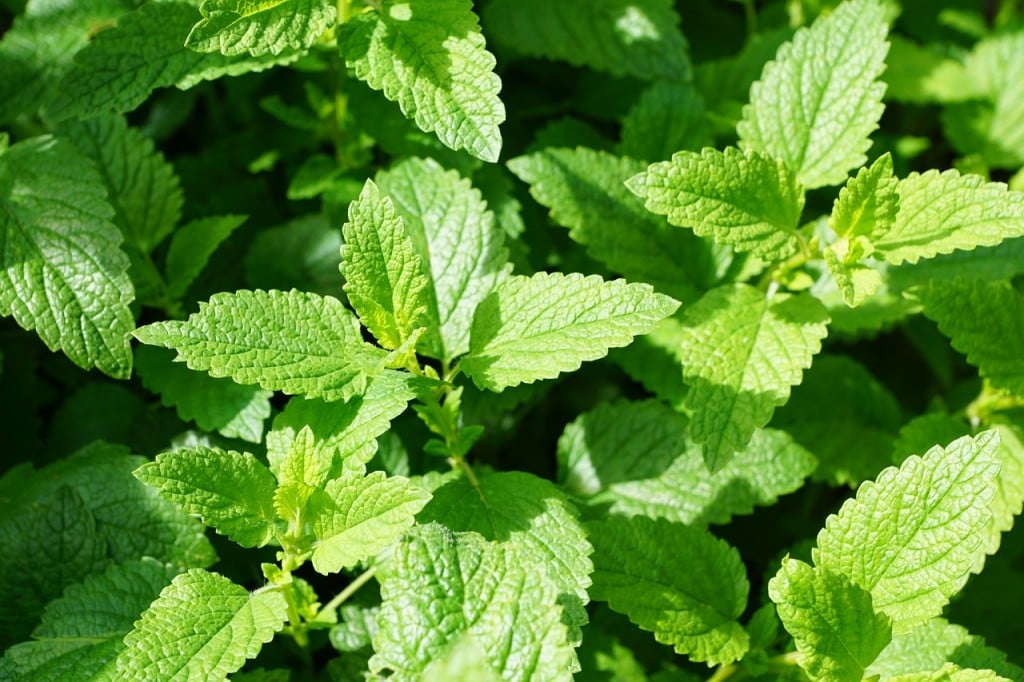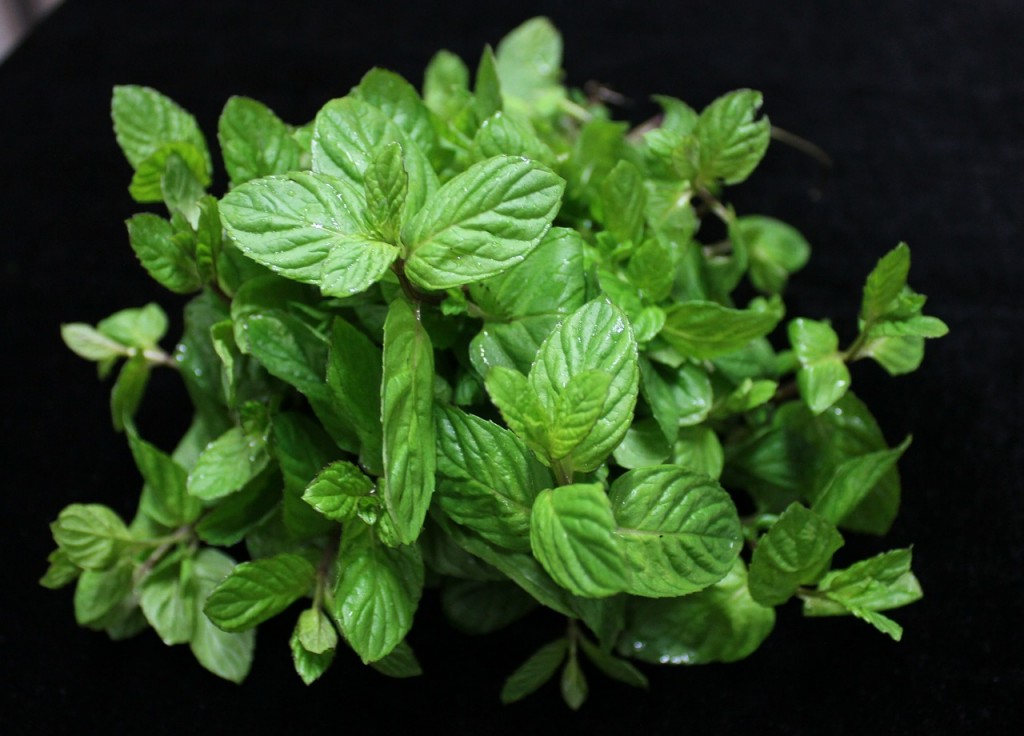
Mint is instantly identifiable – just brush those leaves to create a waft of glorious mint, peppermint, spearmint or a dozen delicious variations including apple, pineapple, chocolate and lemon.
Some are attractive to look at, too; the leaves of pineapple mint have an attractive downy covering to their grey-green foliage while ginger mint has gold splashed leaves and ‘Eau de Cologne‘ mint (Mentha piperata citrata) is tinged with purple.
Pennyroyal (Mentha pulegium) is very different in appearance from most mints.
It is a pretty little ground hugging type producing tiny mauve flowers in summer.
It has a strong scent of peppermint and should be used sparingly in cooking.
Growing tips
Mints spread using runners, modified roots which run along just below the surface, rooting and shooting as they go.
They can be highly invasive, especially if grown among other perennial plants, so it is often recommended they be grown in a bucket or large pot which is then buried in the ground, rim proud of the soil, to restrict the roots.
Mints are herbaceous perennials, dying down once the frosts start in the winter and shooting again in the spring.
In order to have shoots for the kitchen during the winter it will be necessary to store some.
Dry or freeze the best shoots in small bunches in freezer bags, preserve the tips in ice cubes or keep a few plants in pots to extend the season.
Growing in pots

Mints are well-suited to containers as this has the effect of restricting the roots.
Ideally, use a gritty compost such as John Innes no 3 although they are not fussy and a multipurpose compost or even garden soil will do.
Add a controlled-release fertiliser to maintain the vigorous growth or plants will soon ‘run out of steam‘ and the quality of the shoots for harvesting will suffer.
This can be supplemented once a fortnight with regular liquid feeds.
The roots will quickly fill the container and so it will be necessary to remove the rootball and to divide it every year or two.
This will also have the effect of giving the plant a boost and should help to maintain the quality of the foliage.
Keep your container in a semi-shaded spot and water well during dry spells.
The coloured-leaved sorts such as pineapple mint and golden mint retain their leaf colour better if they receive some sunshine.
Move a pot into a cool (frostfree) greenhouse or polytunnel in the autumn or late winter to encourage more shoots to grow, thus extending the harvesting season
Did you know?
Pennyroyal is said to deter ants and fleas while mints generally are said to have good antibacterial and antiseptic properties and are often used as an active ingredient in muscle rubs.
Top Tip
The foliage deteriorates after flowering so trim to remove the faded blooms and prolong the harvesting season



